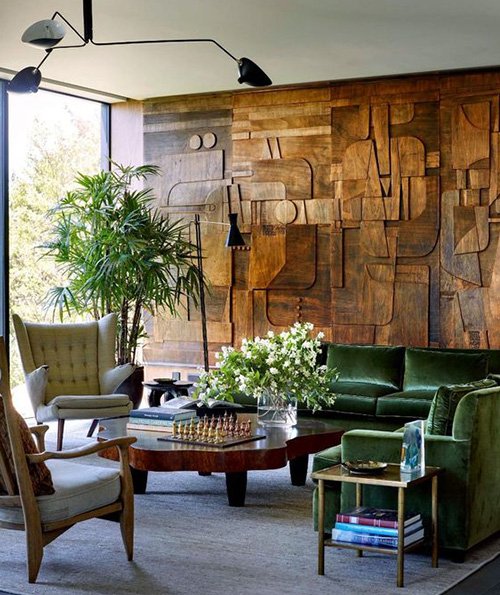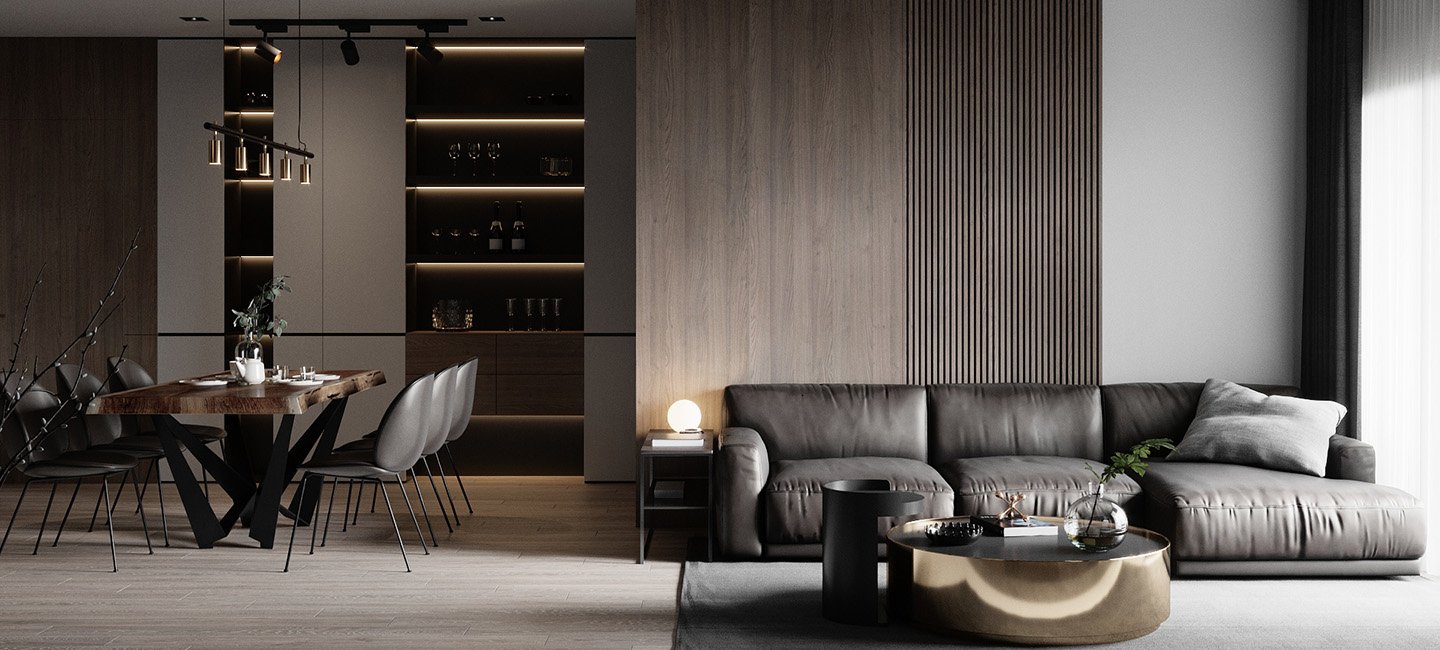
In the dynamic world of interior design, a perennial dilemma confronts designers and homeowners alike: the delicate balance between timeless elegance and trendy innovations. This ongoing tug-of-war between tradition and modernity transcends mere aesthetic preferences; it delves into the very essence of creating spaces that not only reflect current styles but also stand the test of time. Achieving the perfect equilibrium is an art that requires a deep understanding of design principles, a keen awareness of evolving trends, and a judicious blend of the classic and the contemporary.
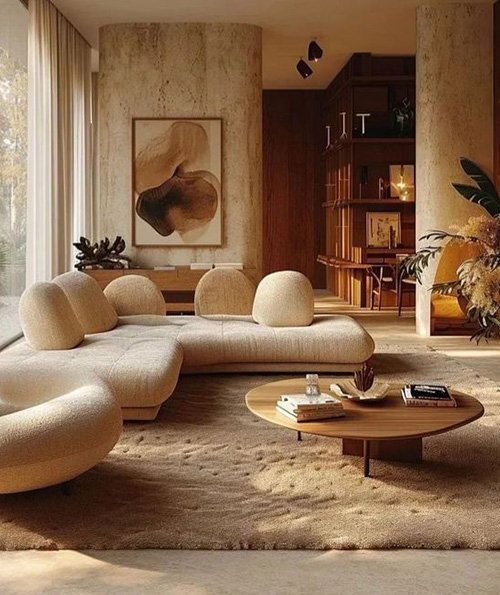
Timeless Elegance – The Evergreen Appeal:
Timeless elegance in interior design is akin to a symphony that resonates through the ages. Rooted in classical styles, it draws inspiration from historical periods, traditional craftsmanship, and enduring design principles. The beauty of timeless elegance lies in its ability to transcend temporal boundaries, creating spaces that exude sophistication and refinement. One of the hallmarks of timeless design is the use of enduring materials and craftsmanship. From hardwood floors to marble countertops, these materials not only withstand the test of time but also acquire a patina that enhances their aesthetic appeal over the years. Intricate details and ornamentation, reminiscent of classical architecture, further contribute to the timeless charm of such interiors.
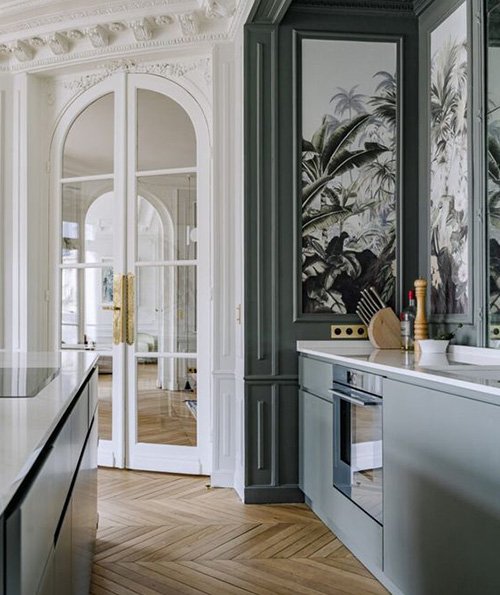
The colour palette in timeless design tends to be neutral and muted, creating a sense of calm and tranquillity. Earthy tones, whites, and subtle greys dominate, providing a versatile backdrop that can accommodate changing furnishings and accessories. This adaptability ensures that the space remains relevant, regardless of shifting design trends. Furniture in timeless interiors is often characterized by classic silhouettes and quality craftsmanship. Pieces are chosen for their enduring appeal, with an emphasis on comfort and functionality. The use of antiques or heirloom furniture adds a sense of history and continuity, connecting the present with the past.
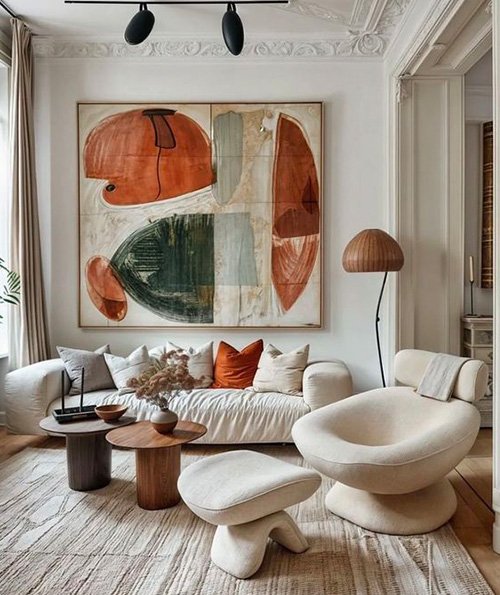
Trendy Innovations – Embracing the Contemporary:
In contrast to the enduring allure of timeless elegance, trendy innovations in interior design celebrate the spirit of the contemporary moment. Embracing the latest styles, materials, and technologies, trendy interiors are a reflection of the current cultural and design zeitgeist. While they may lack the timeless quality of classical design, they inject spaces with fresh and dynamic energy. Materials in trendy interiors often include cutting-edge options such as glass, stainless steel, and recycled materials. The emphasis is on sleek, clean lines and a minimalist aesthetic. The use of innovative materials allows for experimentation with form and function, creating spaces that feel progressive and avant-garde.
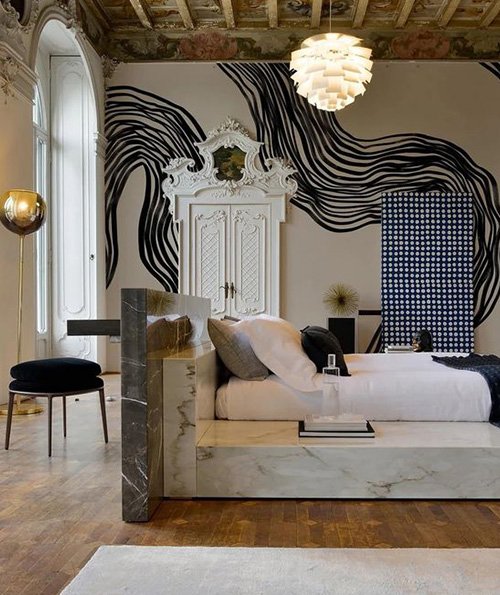
The colour palette in trendy interiors tends to be bold and vibrant. Designers often play with unexpected combinations, incorporating the latest Pantone colours of the year or experimental hues. This infusion of colour injects a sense of vitality into the space, making it a canvas for self-expression and creativity. Furniture in trendy interiors reflects current design trends, often featuring modular and multifunctional pieces. The focus is on aesthetics that align with contemporary tastes, incorporating unconventional shapes and materials. Sustainability is a key consideration, leading to the use of eco-friendly and recycled materials in furniture design.
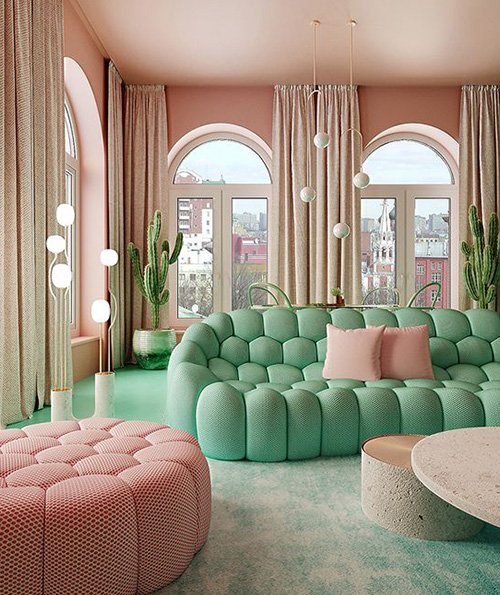
Striking the Balance – The Art of Fusion:
The key to achieving a harmonious interior design lies in the artful fusion of timeless elegance and trendy innovations. Rather than viewing them as opposing forces, designers can leverage the strengths of both to create spaces that are not only visually appealing but also functionally efficient. Successful integration of timeless and trendy elements begins with a thoughtful consideration of the architectural context. Understanding the bones of space allows designers to identify opportunities for introducing classic elements that complement the overall structure while seamlessly incorporating modern interventions where appropriate.
Colour plays a pivotal role in finding the balance between timeless and trendy. While timeless interiors often favour neutral tones, introducing pops of colour through accessories or accent walls can infuse a contemporary vibe without compromising the enduring appeal of the design. Similarly, a predominantly trendy interior can benefit from classic colour accents, creating a sense of depth and sophistication. Furniture selection provides another avenue for achieving balance. Combining classic pieces with modern ones adds visual interest and prevents the space from feeling one-dimensional. For instance, a timeless sofa in a neutral fabric can be paired with a sleek, contemporary coffee table to create a balanced and eclectic look.
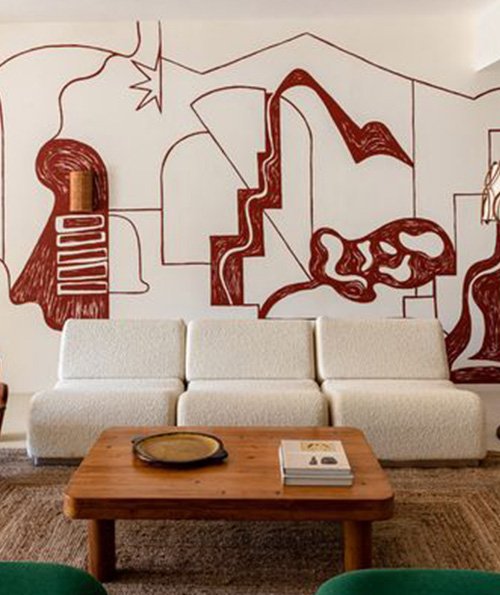
Materials act as a bridge between the past and the present. Incorporating traditional materials like wood and stone alongside innovative materials such as glass or concrete fosters a sense of continuity while allowing for experimentation. This combination creates a layered and textured environment that appeals to a wide range of tastes. Technology can be seamlessly integrated into the design to enhance both functionality and aesthetics. Smart home systems, innovative lighting solutions, and state-of-the-art appliances can coexist with classic architectural elements, creating a space that is not only visually appealing but also technologically advanced.
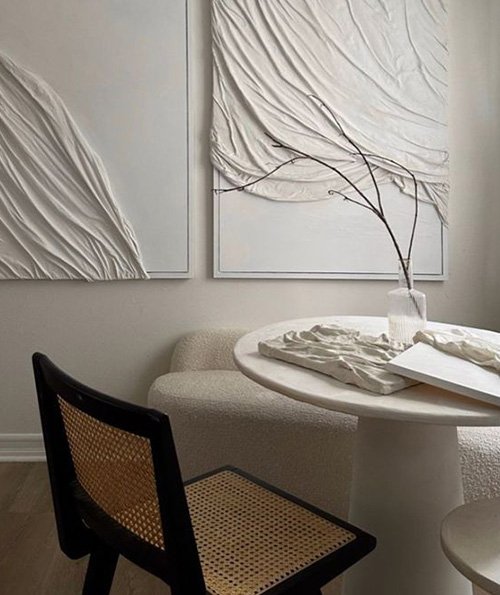
Exemplifying the Balance
To illustrate the successful fusion of timeless elegance and trendy innovations, let’s explore two case studies that exemplify this delicate balance.
Case Study 1 – Timeless Elegance with a Modern Twist
In this living room design, the foundation is rooted in timeless elegance. Classic architectural features, such as crown moulding and wainscoting, provide a sense of grandeur. The colour palette is neutral, with shades of ivory, taupe, and charcoal creating a sophisticated backdrop. To infuse a modern twist, the designer incorporated contemporary furniture pieces with clean lines and bold geometric shapes. A modular sectional sofa in a rich, textured fabric becomes the focal point, offering both comfort and style. The introduction of abstract artwork and sculptural lighting fixtures adds a layer of trendy sophistication.
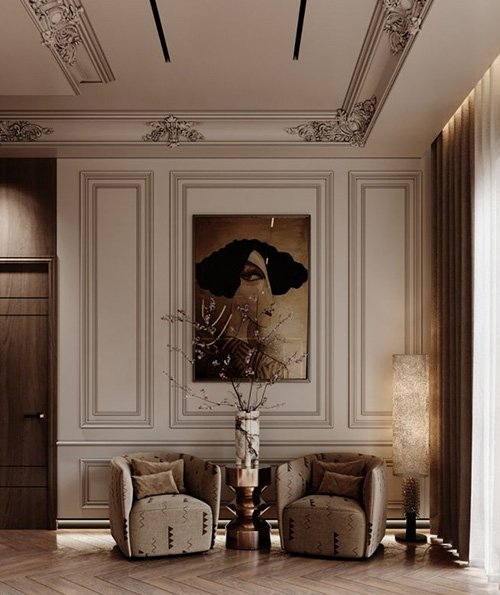
The key to success in this case study lies in the careful selection and placement of trendy elements. Rather than overwhelming the space, these modern touches serve to enhance the overall design, creating a living room that is both timeless and on-trend.
Case Study 2: Trendy Innovations in a Classic Setting
In this kitchen design, the emphasis is on trendy innovations within a classic setting. The kitchen features timeless elements such as shaker-style cabinetry, marble countertops, and a farmhouse sink. These classic components provide a timeless foundation that complements the traditional architecture of the home. To introduce trendy innovations, the designer opted for contemporary lighting fixtures, high-gloss subway tiles, and stainless steel appliances. A bold, geometric backsplash serves as a focal point, adding a touch of modern flair. The open shelving with sleek, minimalist design contributes to the overall contemporary aesthetic.
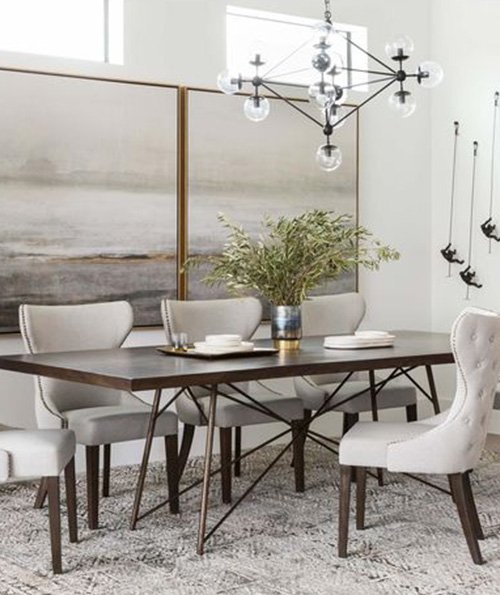
The success of this design lies in the seamless integration of trendy elements without compromising the classic charm of the kitchen. The juxtaposition of old and new creates a dynamic and visually appealing space that meets the functional needs of a modern lifestyle.

In the realm of interior design, the dichotomy between timeless elegance and trendy innovations is not a hurdle but an opportunity for creativity. The ability to strike the perfect balance requires a nuanced understanding of design principles, a keen eye for evolving trends, and a commitment to creating spaces that stand the test of time.
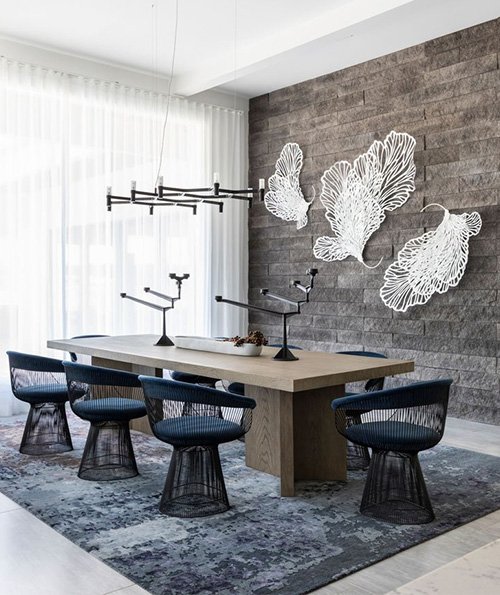
The artful fusion of these elements results in interiors that are not only visually striking but also functionally efficient. Ultimately, the pursuit of balance in interior design is an ongoing dialogue between the past and the present, tradition and innovation. It is a celebration of the rich tapestry of design history, where timeless elegance and trendy innovations coexist in harmony, creating spaces that are both enduring and relevant to the times. In this delicate dance, designers have the opportunity to craft environments that resonate with the inhabitants, providing a sense of comfort, style, and a timeless connection to the evolving world of design

